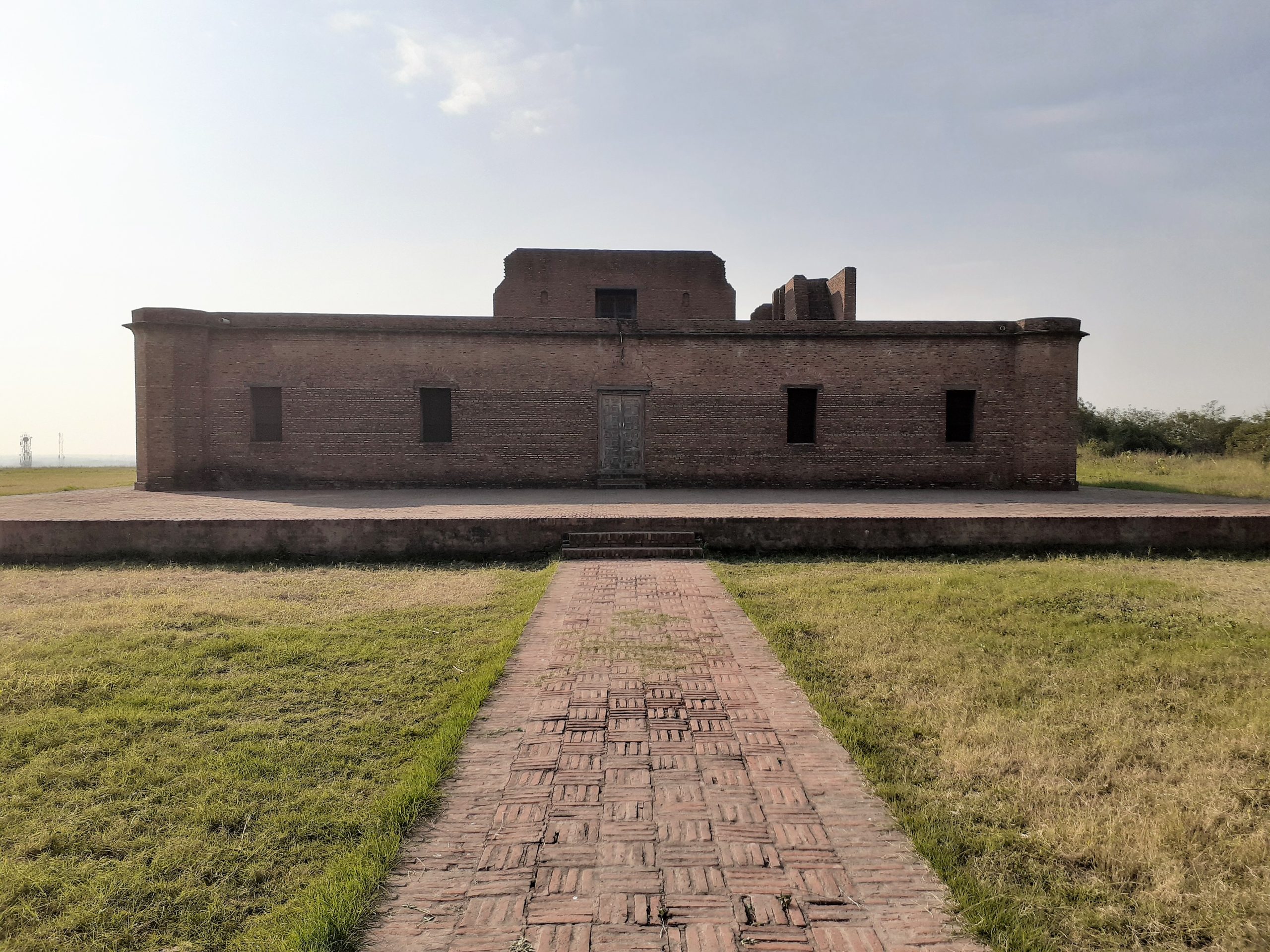Unveiling the Layers of Time: The Archaeological Significance of Rupnagar
Rupnagar, formerly known as Ropar, situated in the state of Punjab, India, stands as a testament to the rich cultural heritage and historical continuum of the region. This site, located on the left bank of the River Sutlej, has been a focal point of archaeological interest due to its significant contributions to understanding the Indus Valley Civilization and its subsequent cultural phases. The Archaeological Museum in Rupnagar, inaugurated in 1998, serves as a repository of the region’s ancient past, showcasing a wide array of artifacts that span from the Harappan era to medieval times.
Get your dose of History via Email
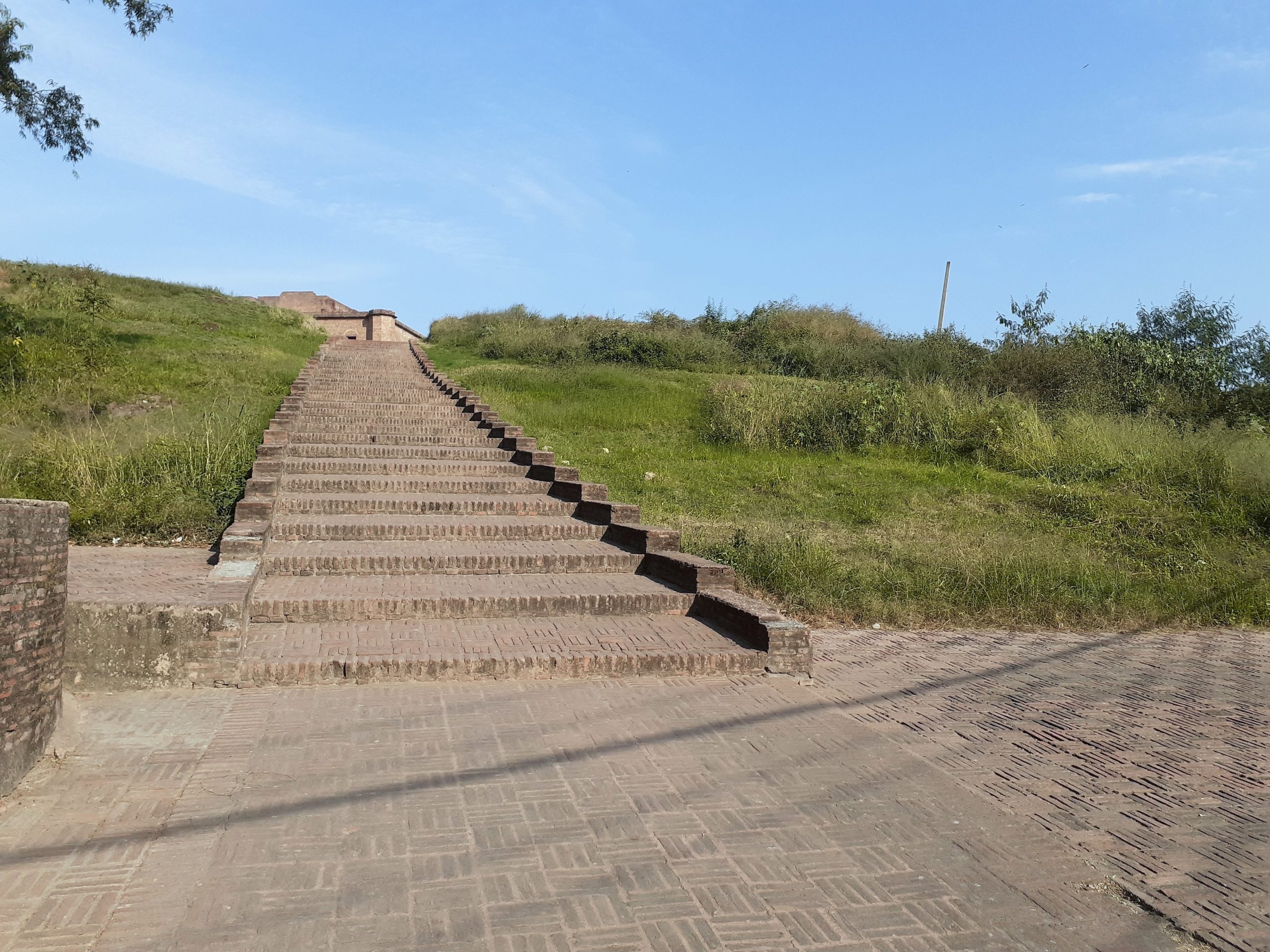
The Archaeological Museum: A Gateway to the Past
The museum, situated in the heart of Rupnagar, houses an extensive collection of artifacts unearthed from the nearby excavation site. These findings provide invaluable insights into the life and times of the Harappan civilization, marking Rupnagar as the first Harappan site excavated in Independent India. Among the museum’s notable exhibits are antiquities from the Harappan period, including steatite seals, copper and bronze implements, and gold coins of Chandragupta, which collectively narrate the story of a civilization that thrived thousands of years ago.
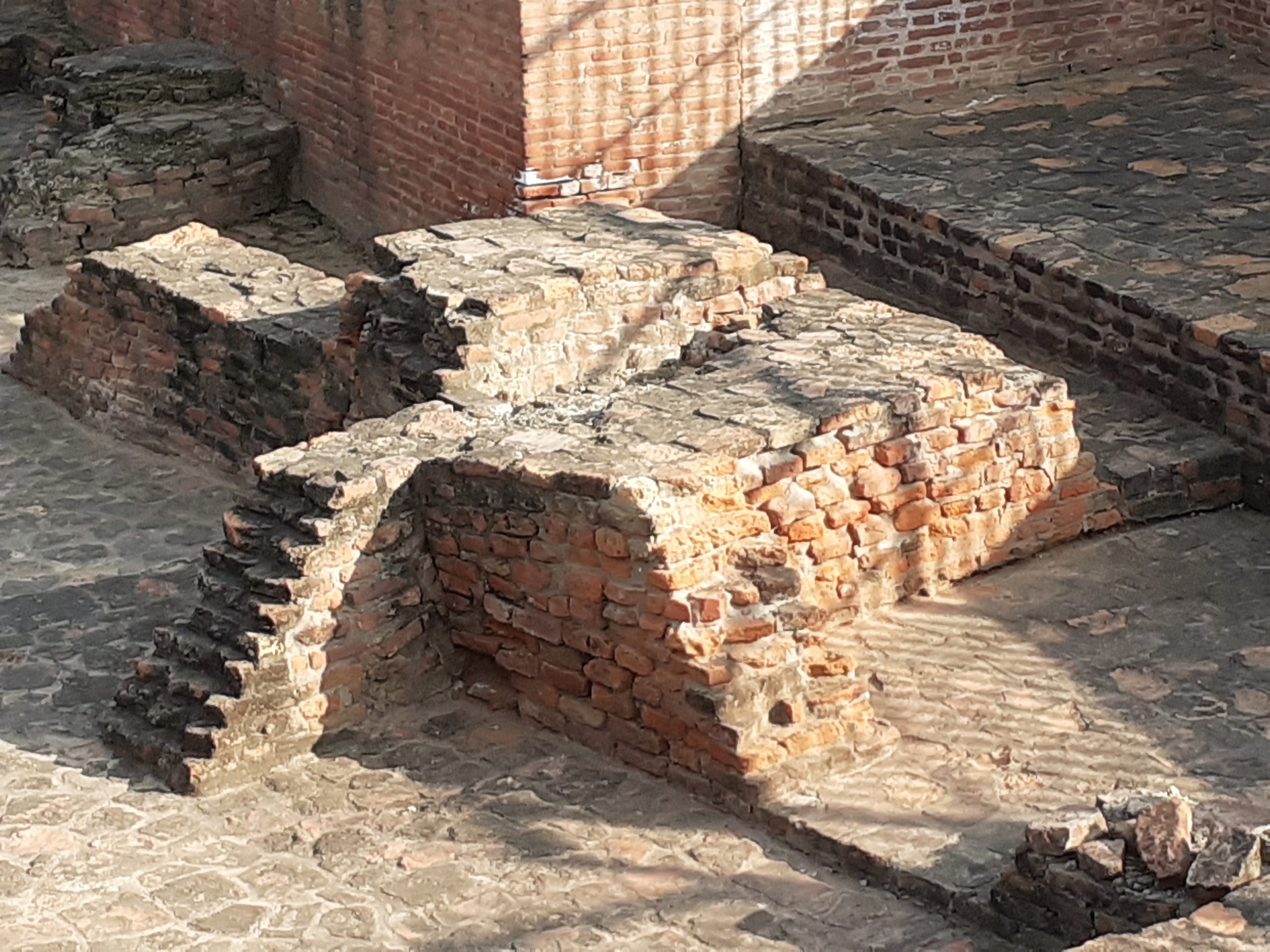
The Excavation of Rupnagar: Unearthing History
The archaeological site of Rupnagar, spread across approximately 12 hectares, has revealed a cultural sequence that traces back to the Harappan civilization and extends to medieval times. The site comprises three prominent mounds, with the highest rising nearly 12 meters from the surrounding plains, offering a glimpse into the architectural prowess of its ancient inhabitants. The excavations conducted here have been instrumental in piecing together the historical puzzle of the region, showcasing a six-fold sequence of archaeological cultures.
The Cultural Sequence and Findings
The initial excavations at Rupnagar, led by Y.D. Sharma in the 1950s, brought to light a rich tapestry of cultural phases, starting from the mature Harappan culture followed by the Painted Grey Ware culture, and leading up to the early Historic period. These findings underscore the site’s significance as a cultural crossroads, where various civilizations left their mark. The discovery of a Harappan cemetery, albeit disturbed by later occupations, further emphasizes the site’s historical depth, revealing funerary practices and objects that offer a window into the beliefs and rituals of the time.
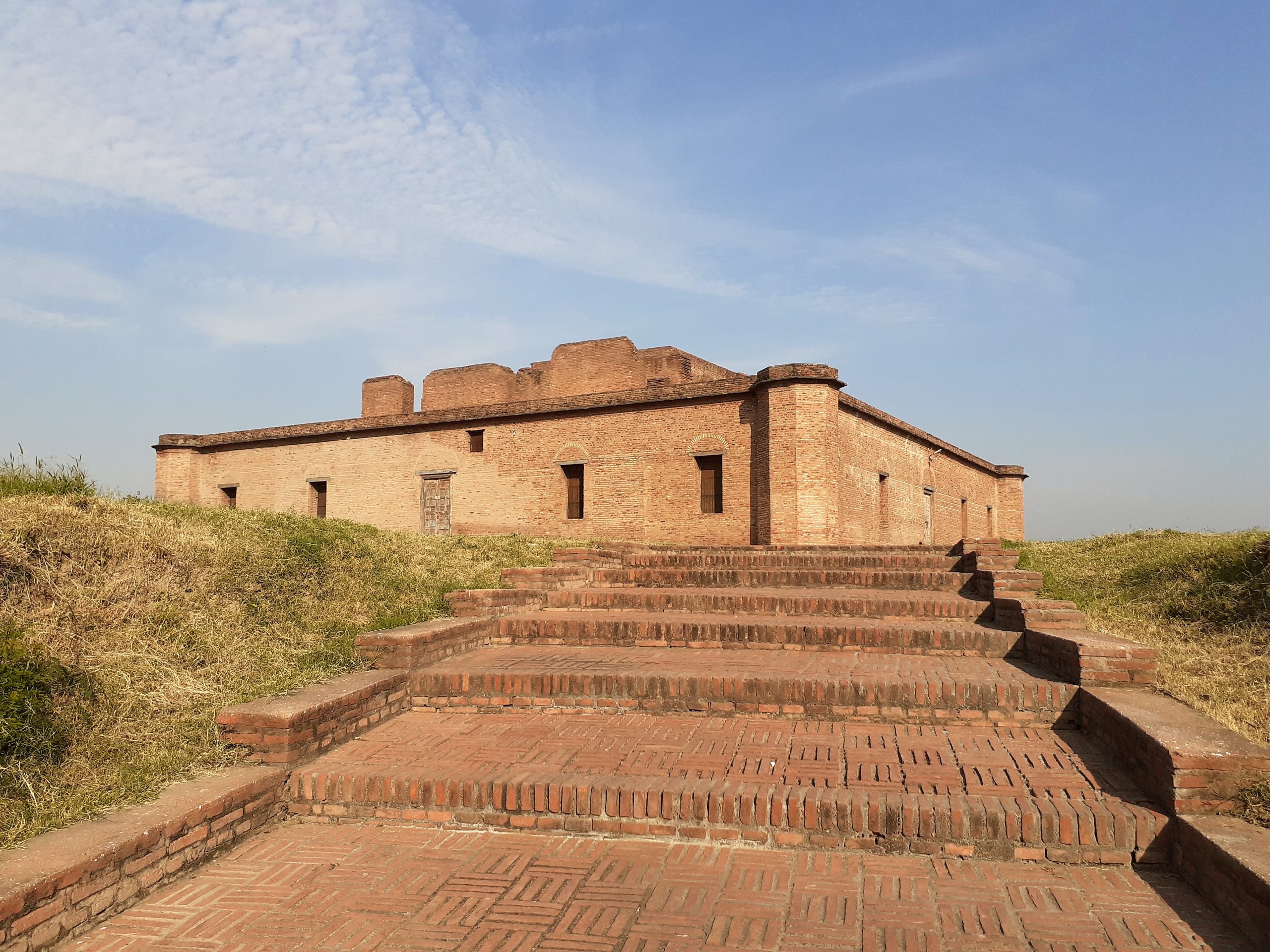
Revisiting Rupnagar: Renewed Excavations and Insights
The renewed excavations at Rupnagar, undertaken in 2011-12, aimed to delve deeper into the site’s earliest levels, seeking to unravel the complexities of its initial habitation and cultural affiliations. These efforts have shed light on the intricate interactions between the Harappans and the Barans, revealing a nuanced narrative of cultural exchange and influence. The layout of trenches and systematic excavation strategies employed during this phase have significantly contributed to our understanding of the site’s occupational history and its role in the broader context of the Indus Valley Civilization.
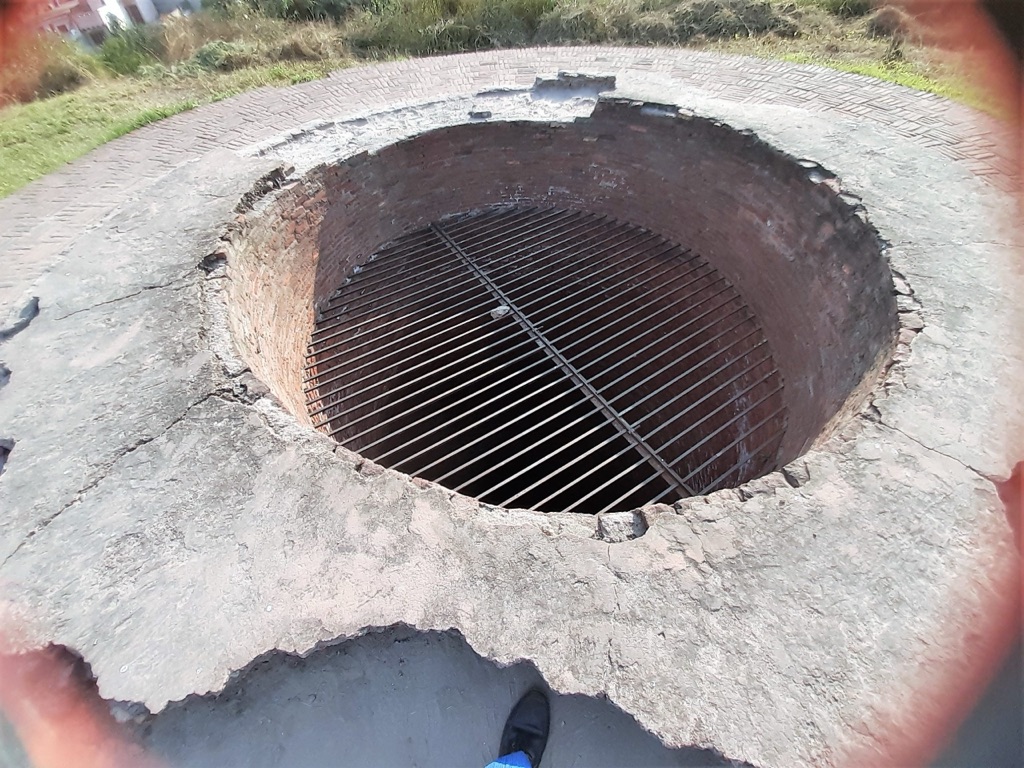
Conclusion
Rupnagar stands as a beacon of India’s ancient heritage, offering profound insights into the lives of its earliest inhabitants. The archaeological endeavors at this site have not only enriched our understanding of the Harappan civilization but have also highlighted the dynamic cultural exchanges that shaped the region’s historical trajectory. As research and excavations continue, Rupnagar promises to unveil further secrets of the past, contributing to the ever-evolving narrative of human history.
Sources:
IIT Gandhinagar
Wikipedia

